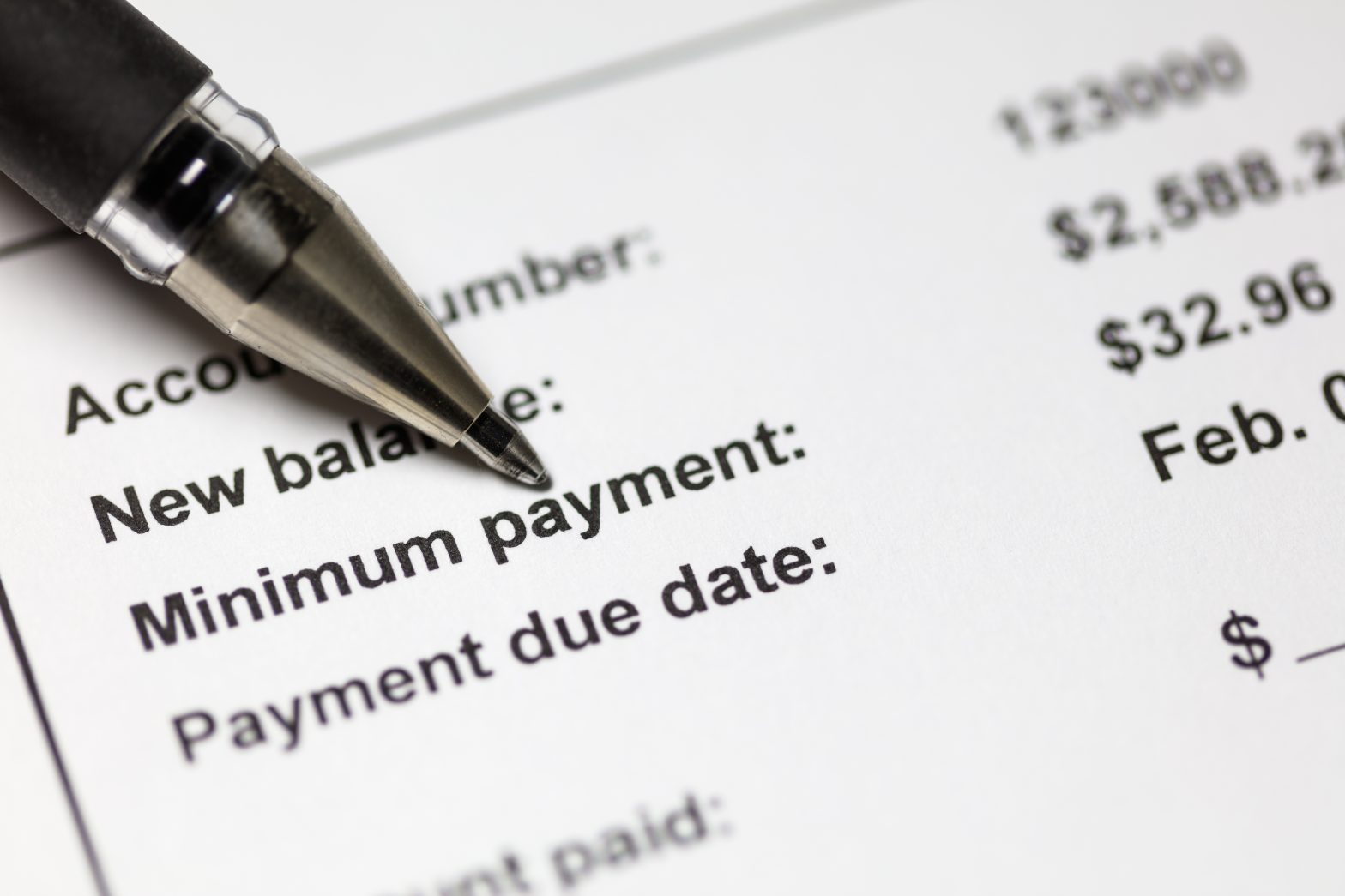Student Loan Repayment – Tips for Success
For the class of 2019 graduates, the six-month grace period on your federal student loans is ending soon. Do you know where to find your loans? Are you ready for repayment? Here are a few things to do to get ready:
First, track down your federal loans at the National Student Loan Data System website. This is the U.S. Department of Education’s central database for federal student aid. Once you log in with your FSA ID, you’ll find a summary of your loans, including the types, amounts, outstanding balance and interest. Find your loan servicer listed here, along with their contact information. Track down private student loans by reviewing your credit reports. Access your credit reports free of charge from the three main credit bureaus at AnnualCreditReport.com.
The next step is to visit your loan servicer(s) websites, create an account and view and manage your loans from there. A good first step is to update your contact information. Your loan servicer has the most detailed and up-to-date information on your loans.
Use the Loan Repayment Estimator
Standard Repayment is the plan you’ll be placed on when you enter repayment. This plan provides a fixed monthly payment amount and ensures your loans will be paid off in 10 years. You may choose to change your loan repayment plan at any time, free of charge. The Repayment Estimator can help you figure out the best repayment plan for you.
Four Ways to Stay on Track with your Loan Payments
- If you get paid AFTER your student loan payment is due each month, ask your loan servicer to adjust your payment due date to align better with your payday.
- Sign up for an automatic withdrawal of your payments through your loan servicer. This way, your payment is deducted from your bank account each month and you never miss a payment. Bonus: you benefit from a 0.25% interest rate reduction when you enroll!
- If you need lower monthly payments, consider an https://studentaid.ed.gov/sa/repay-loans/understand/plans/income-driven income-driven repayment plan that bases your monthly payment on your income.
- Consider the consolidation of your federal student loans. If you have multiple loans, simplify the repayment process with a Direct Consolidation Loan – allowing you to combine all your federal student loans into one loan for one monthly payment. There are pros and cons to consolidation so do your homework.
What to Do If You Can’t Afford Your Payments
Don’t ignore your student loans, they won’t just disappear. If you’re having trouble making payments, contact your loan servicer. You may be able to temporarily postpone your payments through https://studentaid.ed.gov/sa/repay-loans/deferment-forbearance deferment or forbearance. Work with your loan servicer to apply. In the meantime, be sure to keep your loans current. The worst scenario is to become delinquent on payments and to ultimately default. Avoid this. Talk to your loan servicer – find out your options.
Setting yourself up now for success once you enter repayment will provide for a less stressful transition to repayment. Know how much you owe, where to make payments, where to manage your loans and to ask for help if you need it – all these things will allow you to be in control of your student loans.
About the Author
Paula Craw is the Vice President for Student Success and Outreach at Educational Credit Management Corporation (ECMC.) ECMC is a non-profit that works to lower student loan default rates; sponsors college access and success initiatives, and financial literacy programs; provides resources to support student loan borrowers to successfully repay their loans.

